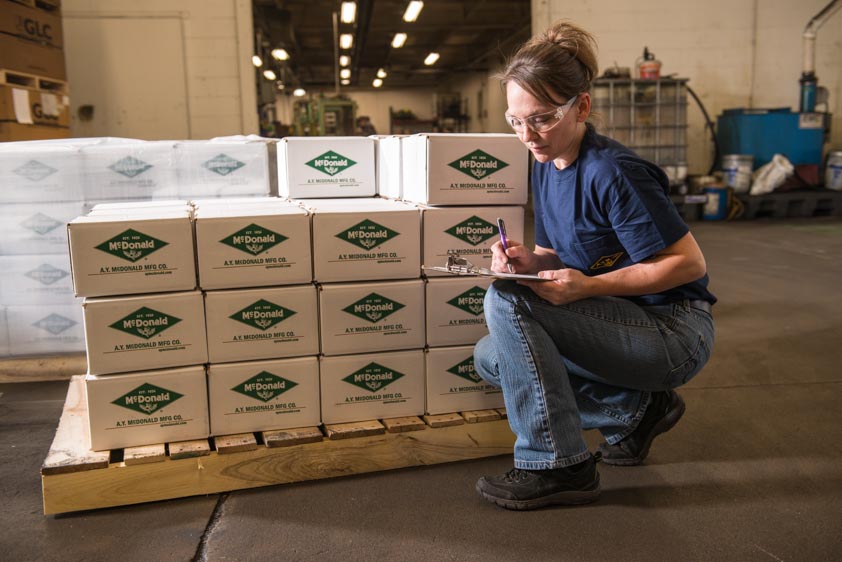Do You Follow Proper Protocol?

Do You Follow Proper Protocol?
Recognized as the timeliest and most cost effective solution, freight shipping is seen as more of a necessity than an option now-a-days; but that doesn’t mean that taking this route comes without disadvantages. The one major downside to utilizing freight is the vulnerability your packages stand to getting damaged along the way. Due to freight protocol, there are ways to receive compensation and proper responsibility of these items – just as long as every party involved plays by the rules – and that doesn’t always happen.
As proper protocol, it’s the duty for the receiver of freight to examine the packaging for any potential damage before signing for it. If damage is detected, they must physically write that it looks damaged when they sign it. In doing so, the freight company is made aware of this and it is now their responsibility to compensate the sender and, in some circumstances, even return the goods back to the sender. It’s a transparent and honest process since the freight company knows that what happened is most likely their own fault. Compensation is sent right away and so is the new package.
Now let’s consider a scenario where the package is signed for prior to detecting the fact that it’s damaged. Upon this instance, there are many more hoops to jump through for the sender because responsibility of freight switches from the freight company to the receiver the moment it’s been signed for. The sender must reach out to the receiver, who then reaches out to the freight company in order to make a claim. While proper compensation may still be granted, it can take up to a month to straighten out the situation, versus the immediate attention that is granted when following proper protocol. In addition, if the sender waits too long to report the damaged package to anyone, then no compensation can be granted because it’s too hard to prove who’s at fault at that point.
Some manufacturers try to remind customers to check their freight by including stickers and notices on top of the packaging. Another way to make the freight process smoother is including additional wrapping around the packages themselves. At A.Y. McDonald, our products travel great distances through the help of freight shipping but we know that this comes with a price. In order to minimize damage and unreported damage, our shipping department includes plastic wrap on the skids and notices/stickers on the packaging that remind customers to check the contents upon arrival. See below for examples of A.Y. McDonald packages ready to be shipped.
Any manufacturer or distributor that deals with freight on a daily basis is aware of receiving responsibilities. However, not everyone follows them. Even with all the efforts to make customers mindful of freight protocol, only roughly 30% of A.Y. McDonald customers follow it properly.
Now we dare you to ask yourself: Do I follow proper protocol?
To learn more about the topic, take the 'Shipping and Freight Packaging Regulations' AYU course.

